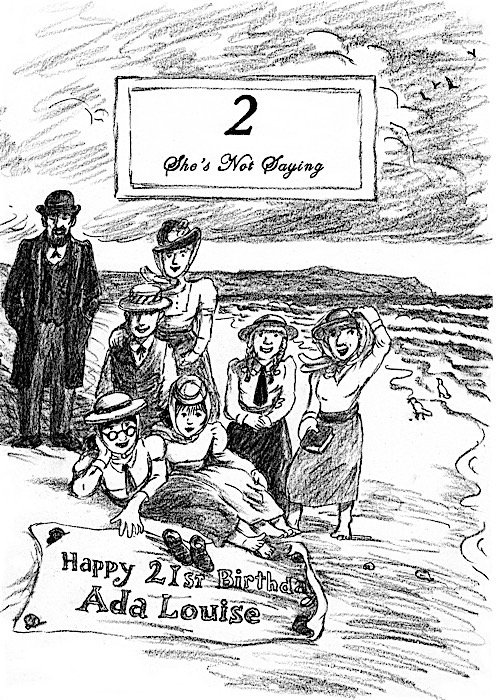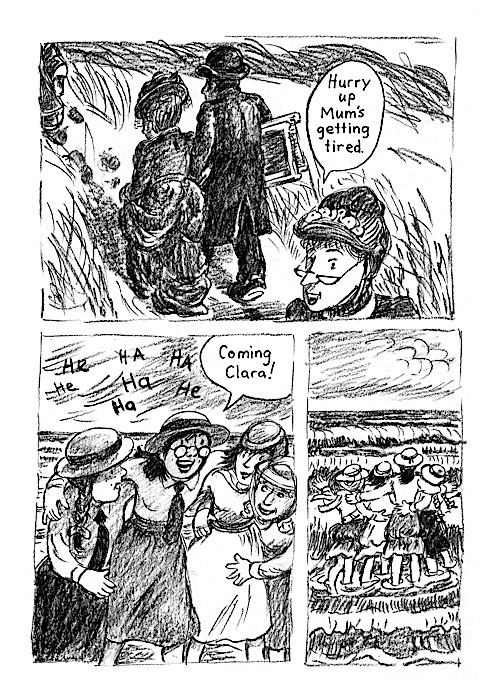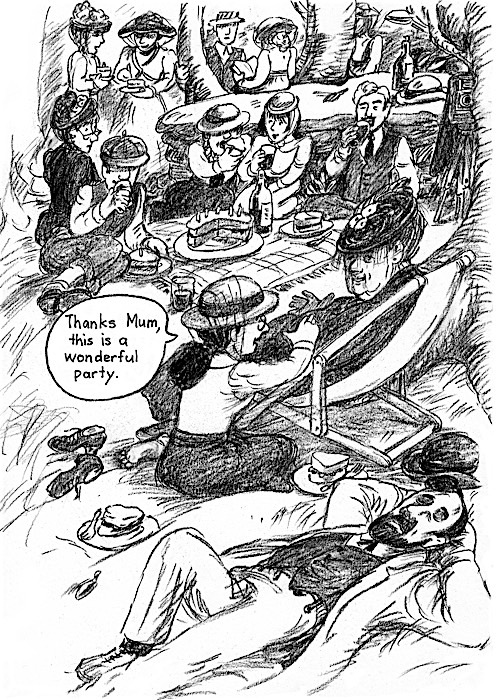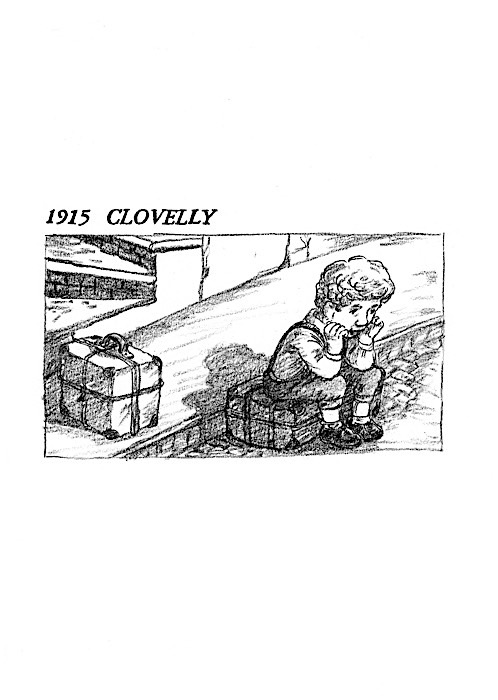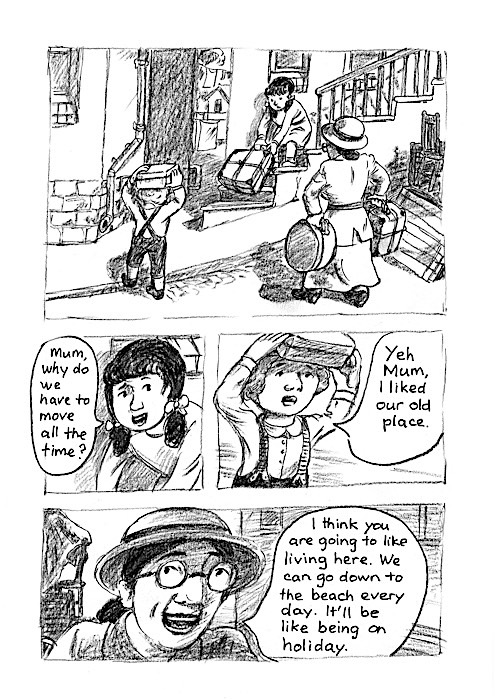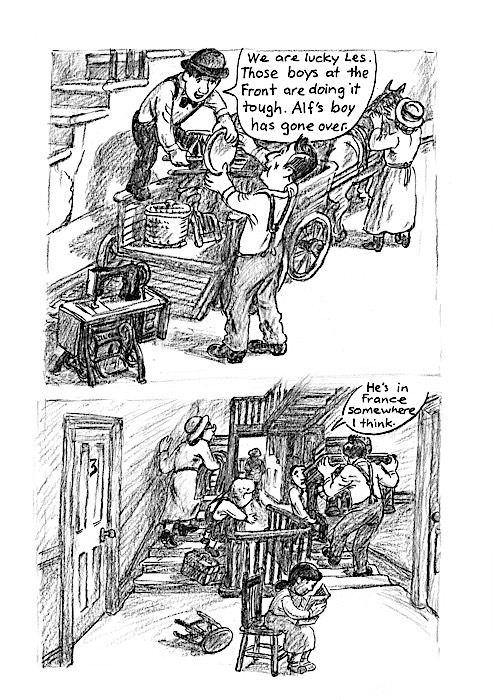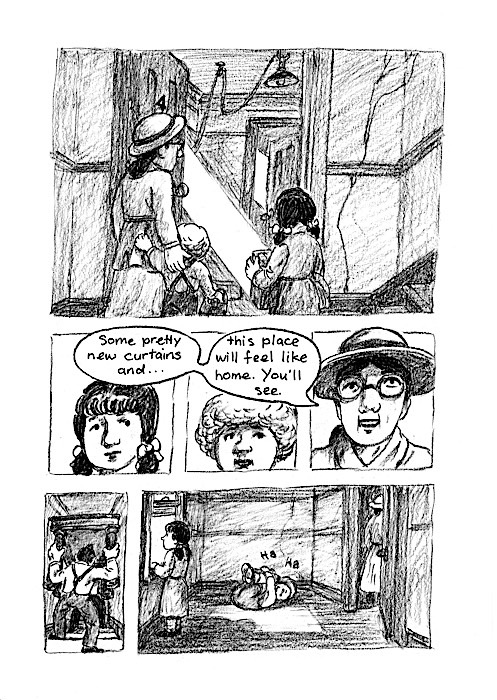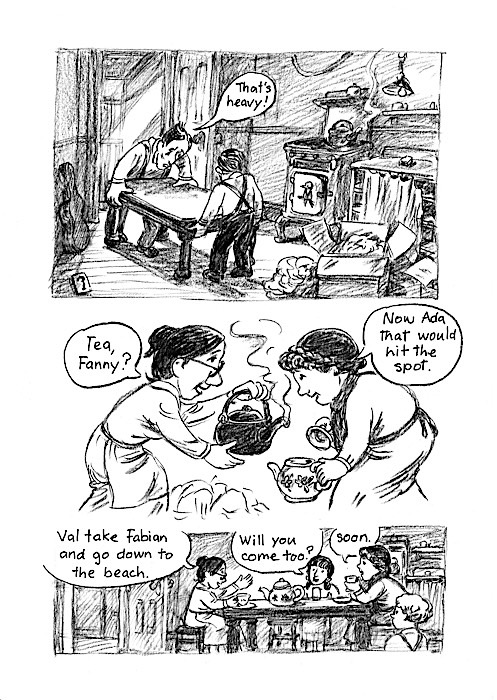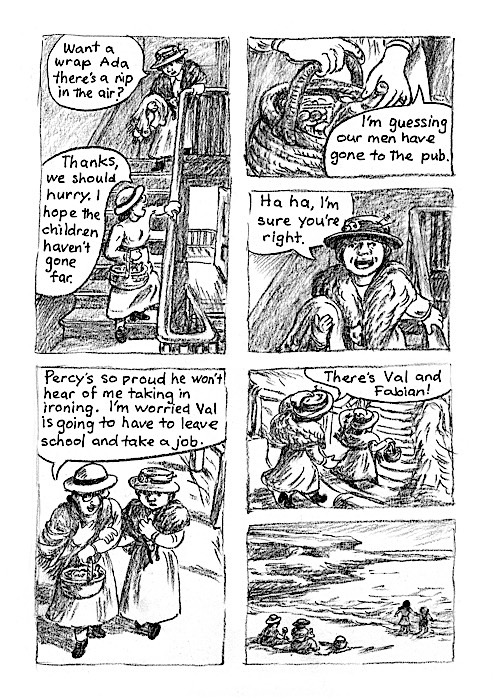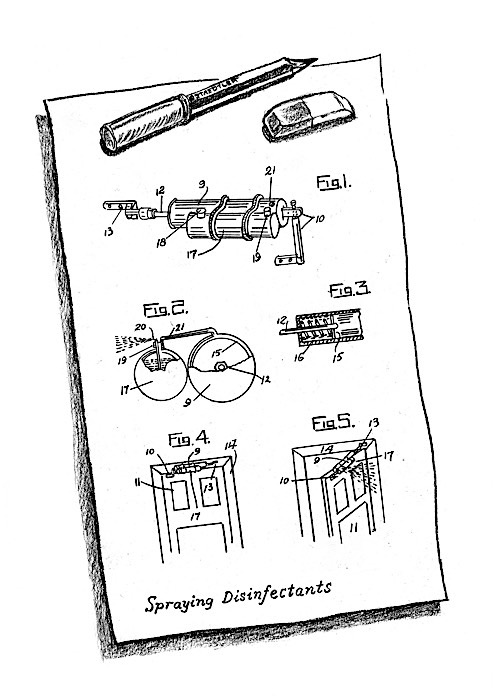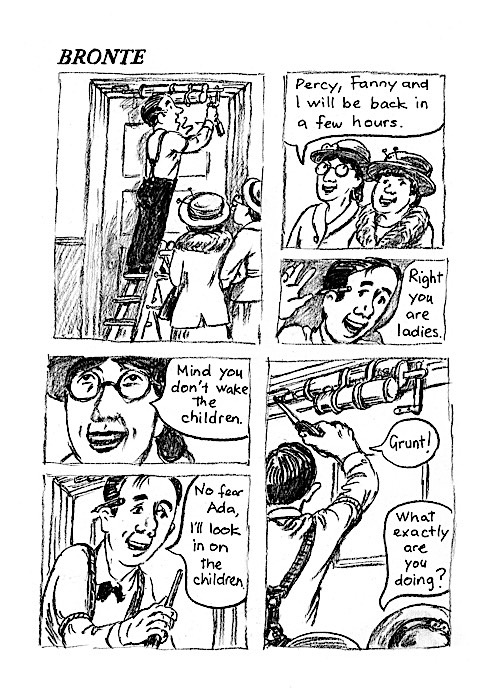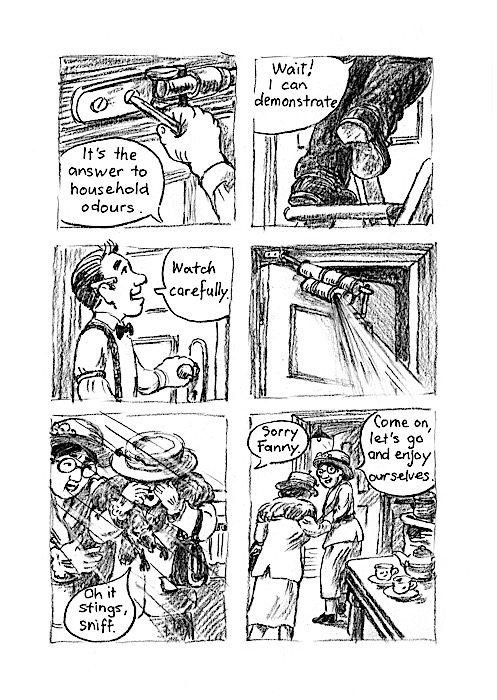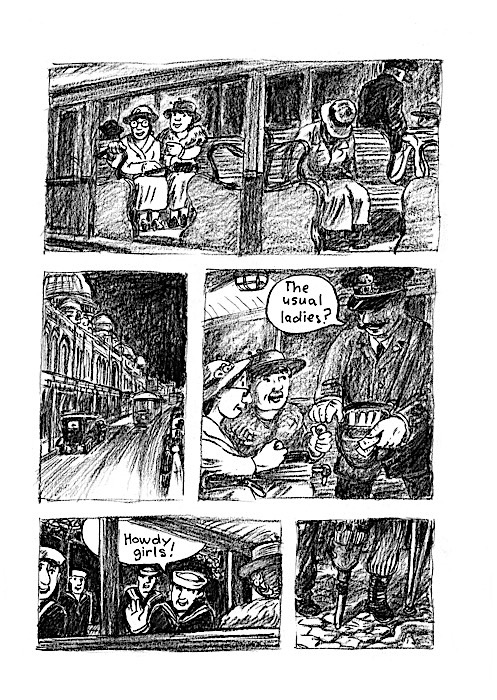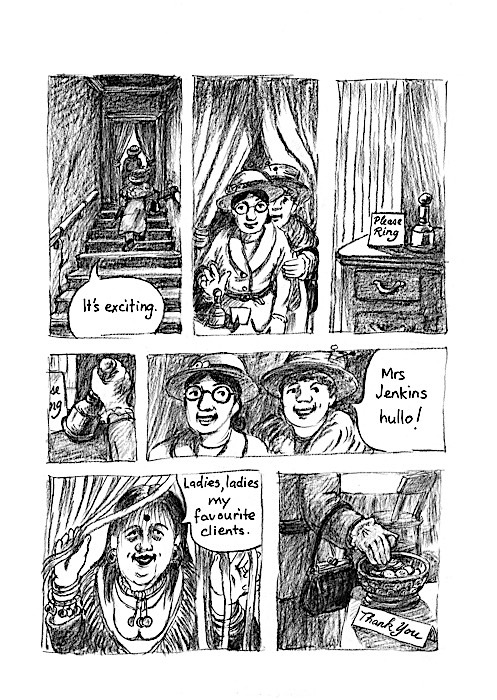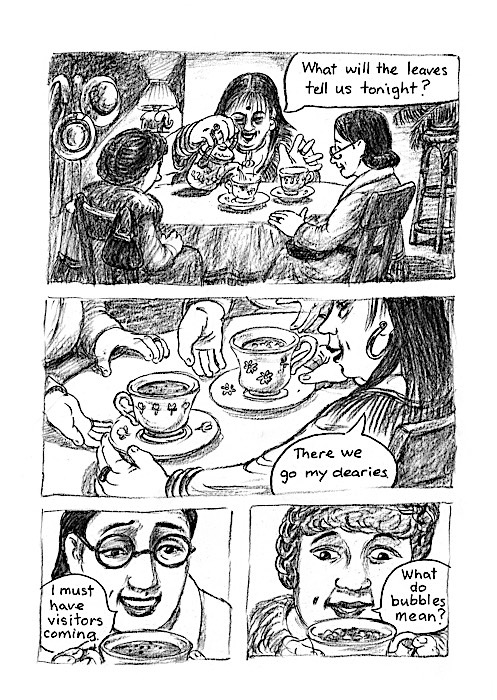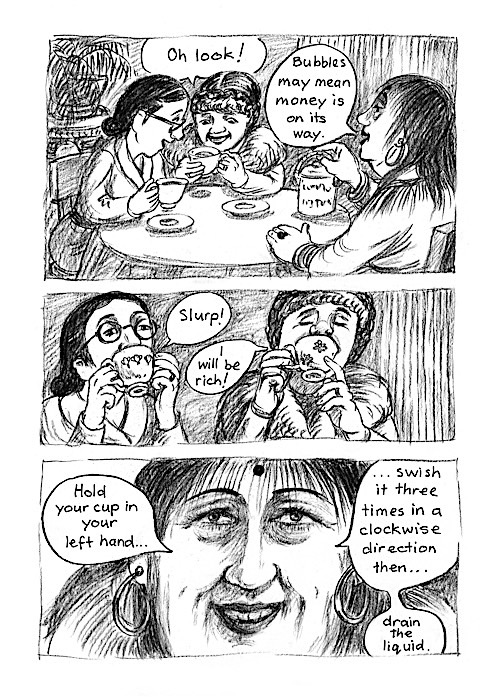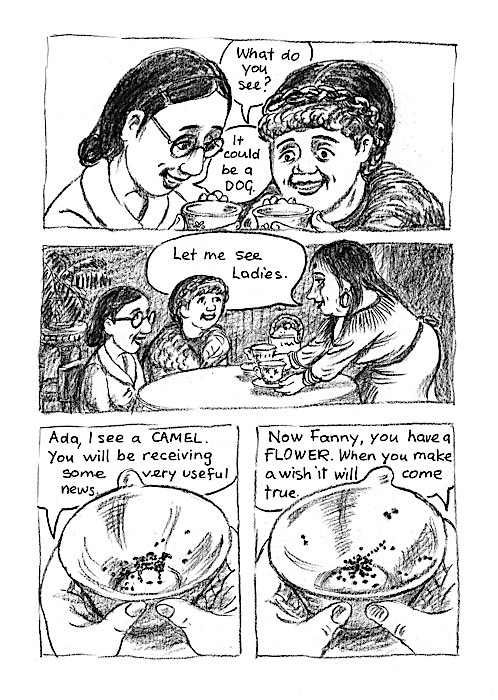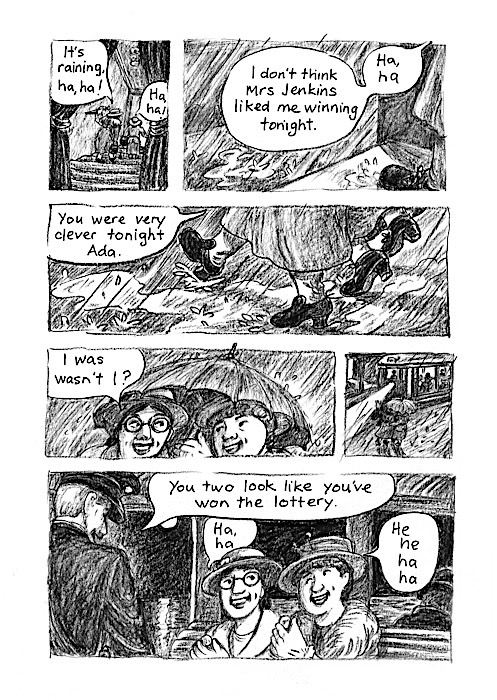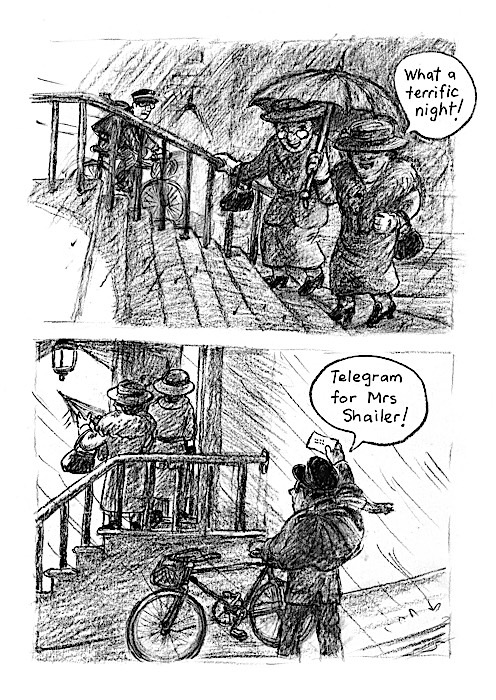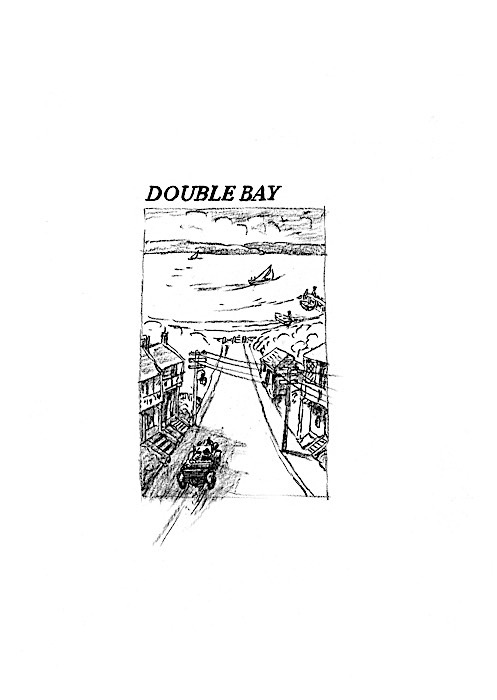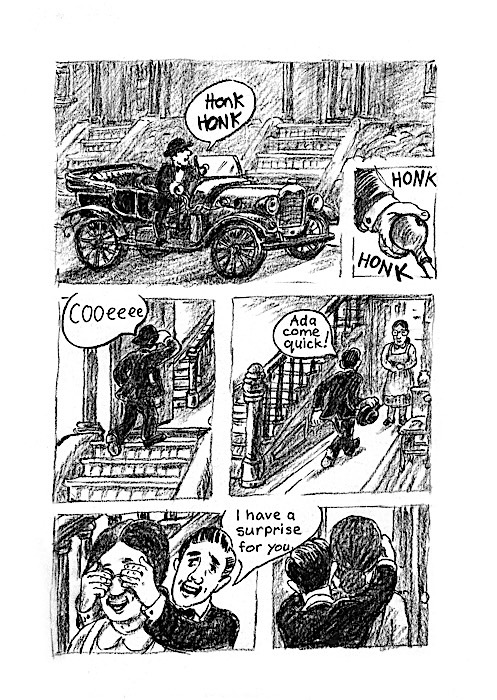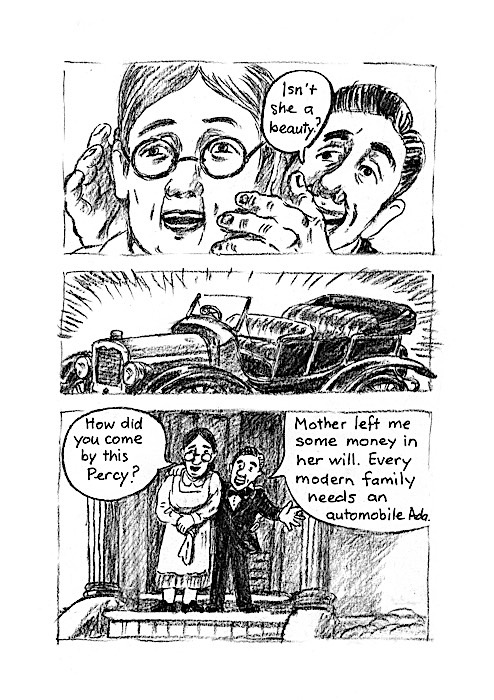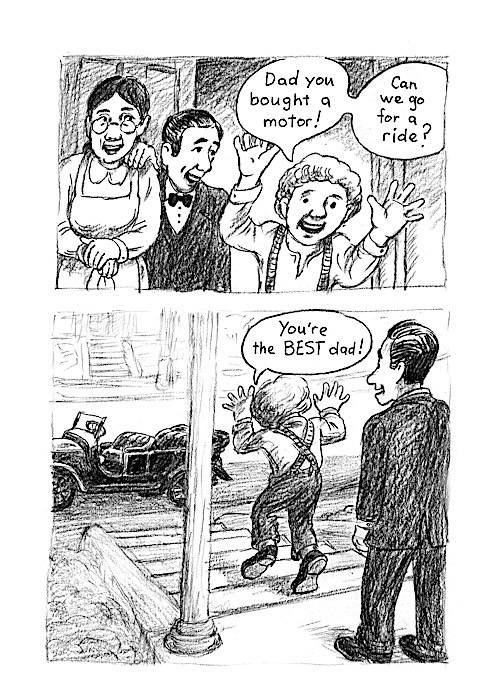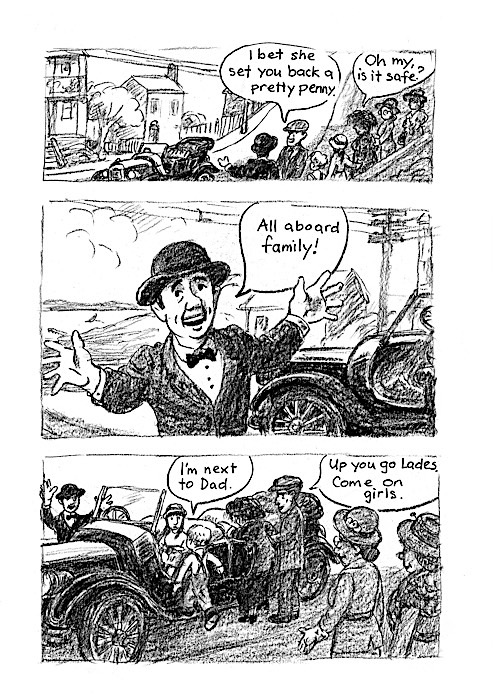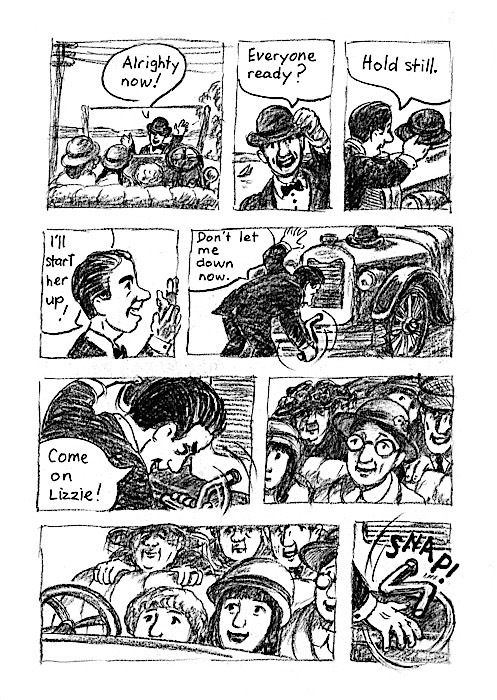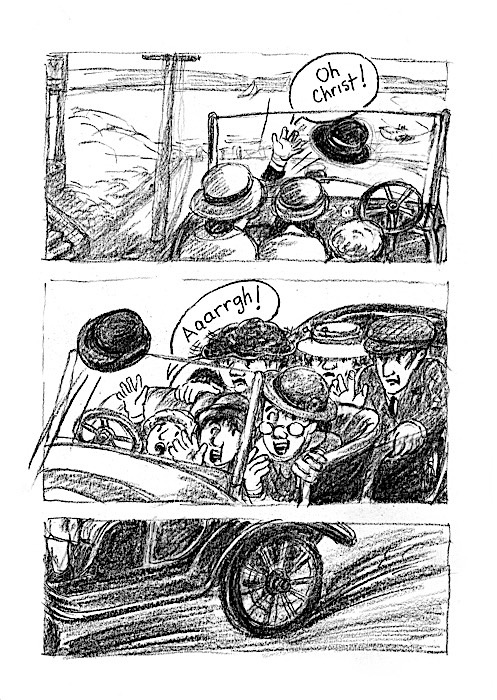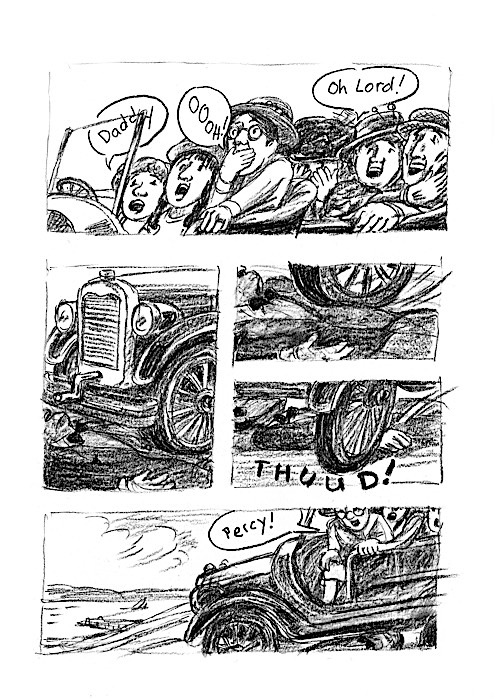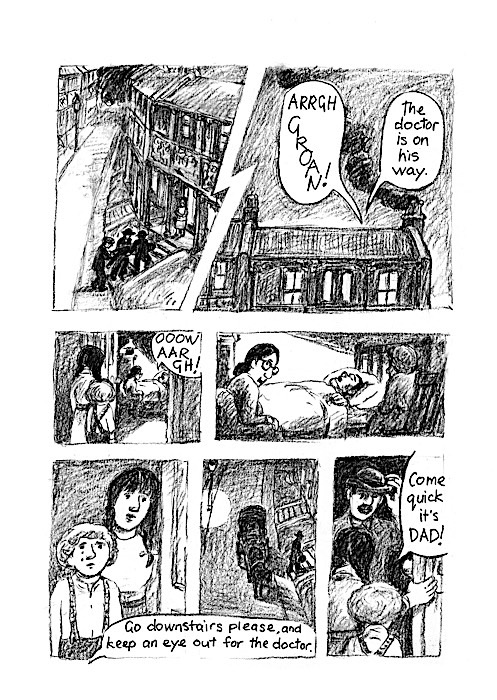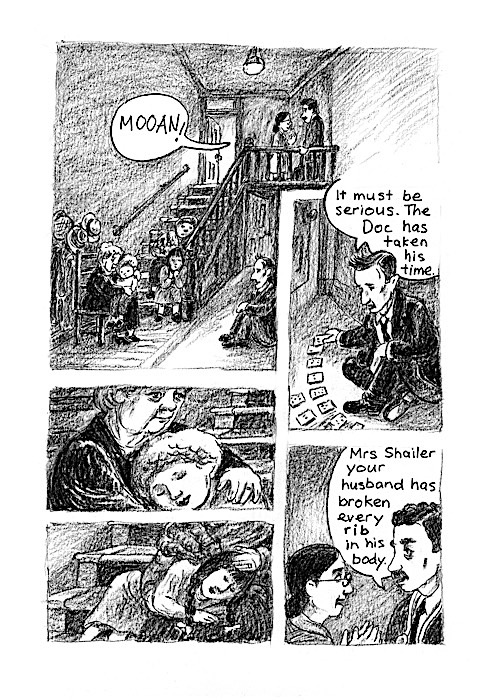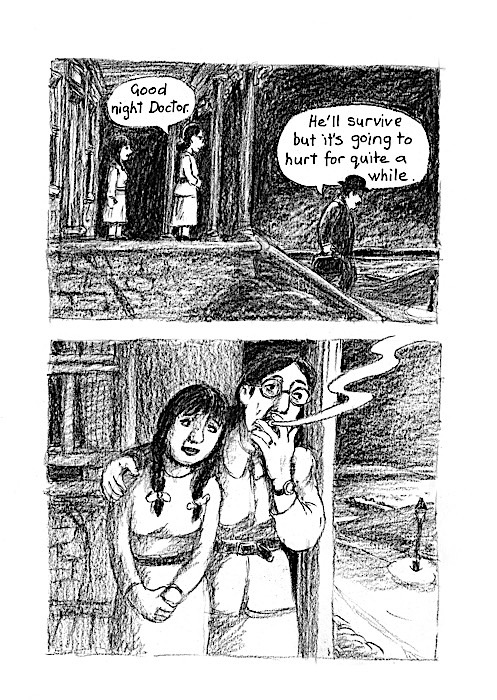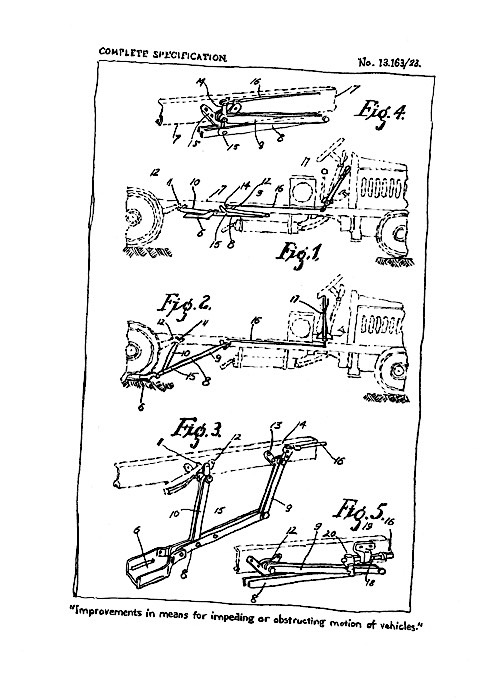
Ada Louise a life imagined
"Whitmore's work honours the people, the moments, and the places, that usually don't get honoured, or even acknowledged – like her films, ‘Ada Louise a Life Imagined’ takes a small but emotionally dense bit of life and opens our eyes to all the riches that are in those seemingly transparent moments. They’re a way of giving substance and beauty and meaning to experiences that usually just slip away and get lost in the onrush of time."
Kate Grenville
“There’s a mystery to Whitmore’s dense unfolding of generations with their hidden shames, their hopes and deceptions and loyalties – a mystery that she keeps on the move with swift narrative strokes. I bounded onwards with trust, and found myself carried through to the end on the flow of time. It’s an absorbing and strangely affecting piece of work.”
Helen Garner
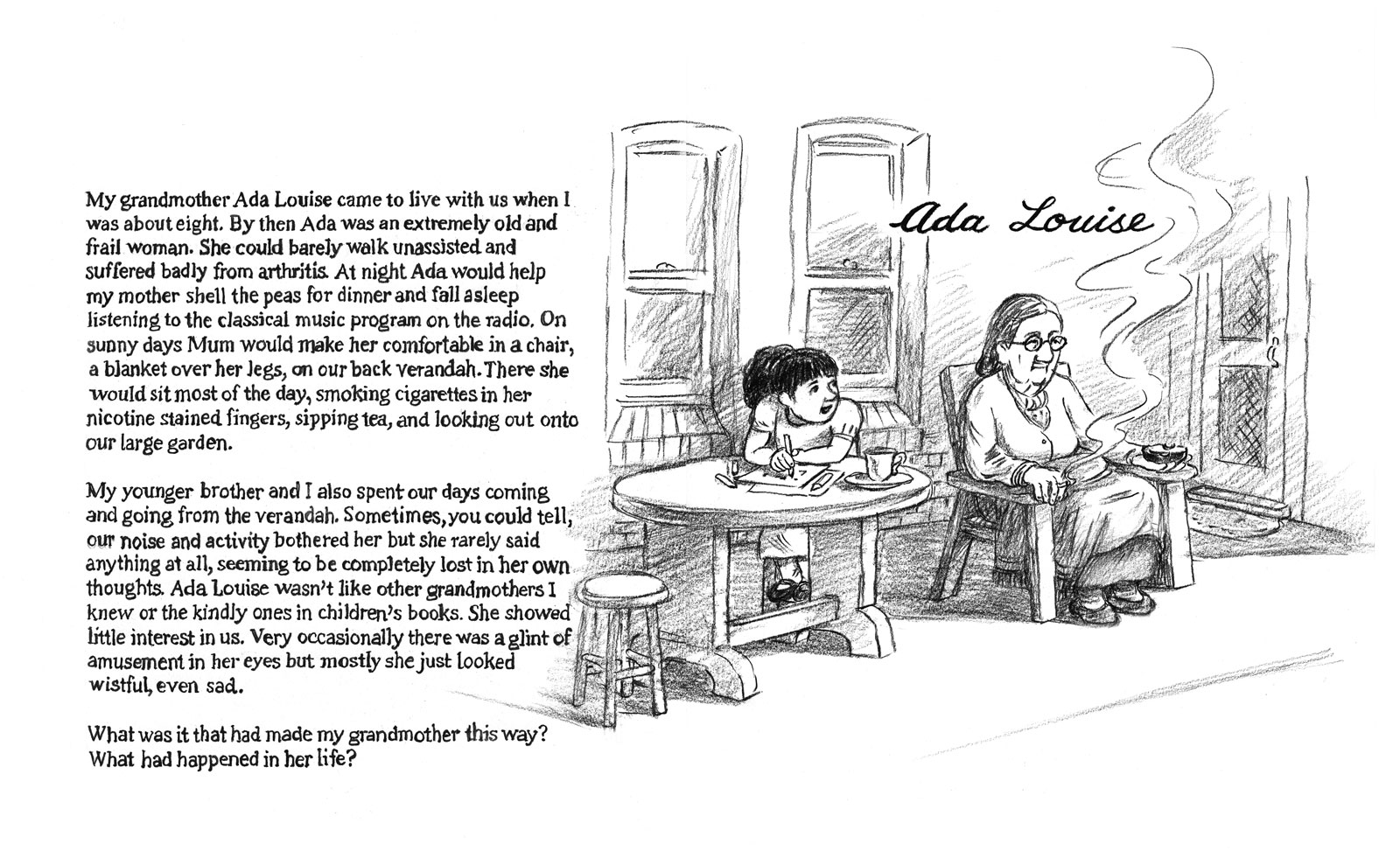
What kind of graphic novel is Ada Louise a Life Imagined?
Ada Louise is not your normal graphic novel. There are no super heroes or disaffected youth, no violence or sex, instead there is a family whom I invite the reader to come to know. I follow Ada from when she is about fourteen to just before she dies in 1956. Ada’s family fortunes are varied - both amazing and entirely ordinary. In many ways she belongs to a forgotten class of society whose stories are no longer told. Stoic to the end Ada survives by her wit, tenacity and resourcefulness. Ada Louise is a warm interior and very personal story.
In spirit Ada Louise A Life Imagined can be compared to books like Ruth Park’s novels A Harp In The South and Poor Man’s Orange.
Who is Ada Louise written for?
I have not written Ada Louise with young readers in mind. This is a graphic novel for any reader interested in the lives of ordinary people.
How I began
Ada Louise is my first graphic novel. It began as an idea for a series of short animated films I called Sea Stories.
What I had in my head were a loose series of episodic moments strung together on a time line. I began by framing images. Though I have done many storyboards for films I quickly realized I was now dealing with something quite different. The page itself was in control. This was a new adventure for me.
Ada was my maternal grandmother who came to live with us when I was about eight. The stories I began with were those I could remember and those told me by my mother. Many questions came into my head about who Ada really was and I wanted to find answers. My mother was no longer here to help me fill in the gaps so my imagination had to be my guide.
Making the pictures
In making a graphic novel I drew on all the skills I had developed working as an illustrator and as a production designer. I threw myself into visual research which helped me locate Ada Louise in time and place. It also added a whole layer of meaning to the story that is not conveyed through the dialogue.
I experimented with different drawing media before settling on charcoal as being the best way for me to convey such an intimate and personal story.
The repeated image of the sea that occurs in the book is both an allusion to my original Sea Stories project and a metaphor for the sea that divides us and connects us, something to be both respected and feared. Ada’s mother Lades for example is unable to return to her beloved England because of her fear of making the long and dangerous sea voyage across the world a second time.

